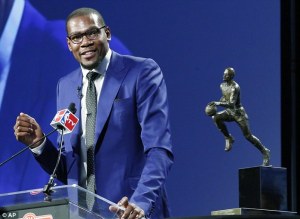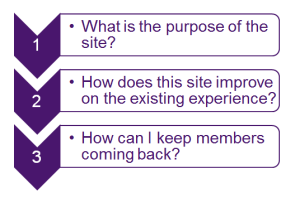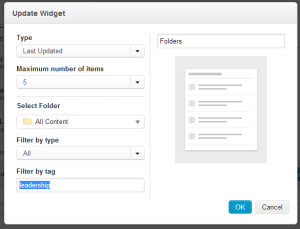It’s been forever since I’ve put fingers to keys in a work sense. I’m not sure if there was ever a finite reason why I stopped writing, but the sheer volume of information being pushed by other incredibly talents writers and the limited impact of my content certainly played big roles.
I think though, it was mostly that I started questioning the validity of what I was trying to do. It’s a strange position to find yourself in; years of being a fix / learn whatever is needed generalist to a person longing for deeper reads and a model where expertise is truly coveted by organizations. It was a complete change of pace, and honestly, approach.
For over two decades, I’ve existed by learning just enough to get by and solve the problem. In ’99, I was hired as a coder and was completely underqualified from Day 1. I never really recovered. Languages, theory and philosophy all evolved quicker than I could and eventually I found the ever increasing gap to be too wide to cross.
Thankfully, that lead me to learning and uncovered a passion to help people understand enough to get their jobs done in a more effective and hopefully, more enjoyable way. I pushed collaboration and digital touch points, but oddly enough over the last few years, despite the huge influx of new technology available to organizations, the glacial pace of adoption began to take its toll on me.
Success existed in pockets, but never fully transformed the organizations I was trying to help. I used to wear small wins and success stories as badges of honor, but over time they highlighted the fact that there was more work to do and new ideas and approaches were needed if I truly wanted to help tie collaborative behaviour back to actual business outcomes and reach more than early adopters and exciting buzzwords. Gartner uses a term to plot the path of hype, and instead of being on the cutting edge, I wanted to reach the plateau of productivity.
So what does this mean? Why am I writing again? Well, starting next week I kickoff the first semester of my MBA. Formal learning. Tests. Papers. Grades. Truth be told, these things terrify me. I’ve almost been better at the 80% needed to make something functional than the hardest 20% to make it perfect, but the reality I’ve discovered over the last ten years shows I need to be inspired by new ideas. I think being exposed to new sources, people and outlooks will help trigger inspiration.
So, I’m opening this space again to work out loud. Share the good, the bad, the frustrating and the joy. It’s not meant to push success, but simply to reconnect with the same community that used to provide me with a spark. I’m not sure where I’ll end up, but even my first meet up with the other Toronto based people in my cohort opened my eyes to the fact that all too often the people in my work world that exist behind hashtags and buzzwords think the same way and know the same people. We preach inclusiveness and diversity, but all too often we are marching along the same path.
As I sat with five complete strangers, with quite varied backgrounds, it was funny to see them try to equate what I do on a day-to-day basis to areas of their own business. Concepts like employee engagement, culture, purpose, and digital readiness were not pillars, but methods to help drive units, increase productivity or reduce inefficiencies. Collaboration wasn’t a desired end-state, it was a way to innovate and solve problems. It was a means to an end. I quickly realized that none of the people at my table were speaking my language, and that was the greatest part about the encounter. I was listening, not trying to map out solutions or identify easy wins; I was listening to simply hear their challenges.
It doesn’t mean they were right or I was wrong, but sometimes to move the ball down the field you need to get in the trenches. You need to move passed what you draw up in the playbook, or see during practice. You need to realize that some of the biggest barriers are staring you right in the face, but you don’t even realize they exist.
When I started this journey it was to help people figure out how to solve their problems, not implement my solutions. I’m not sure how this experiment will go, but for the first time in a while I feel like the answers I find will be to questions I haven’t asked time and time again in the hopes of hearing a different result.

















